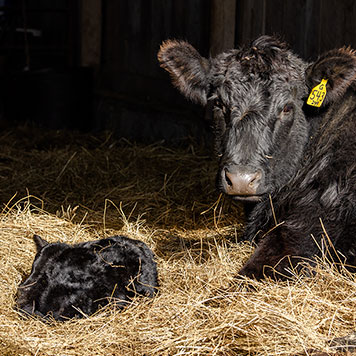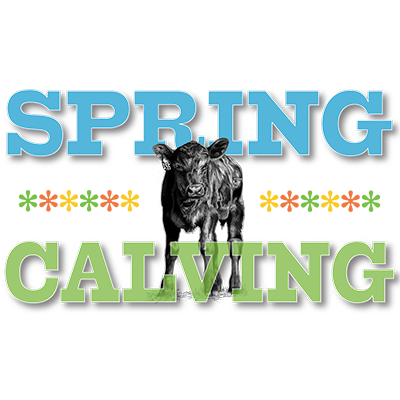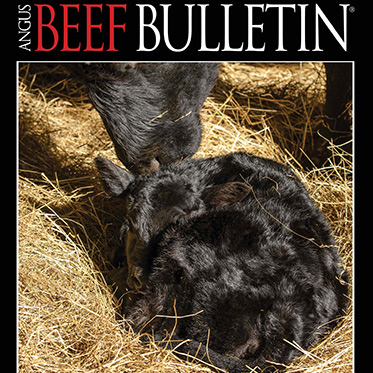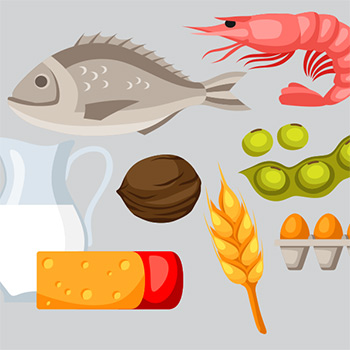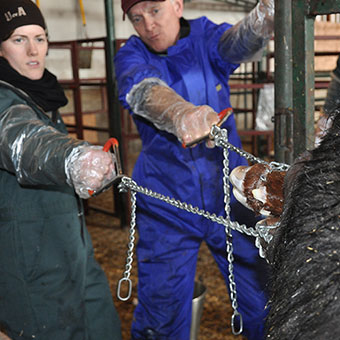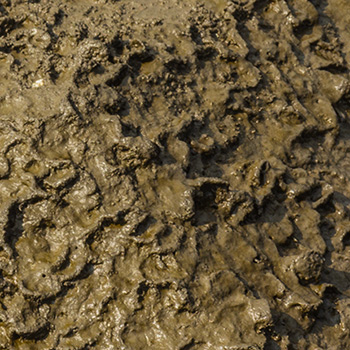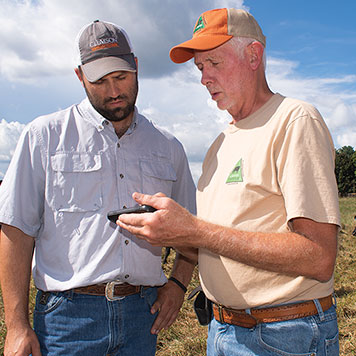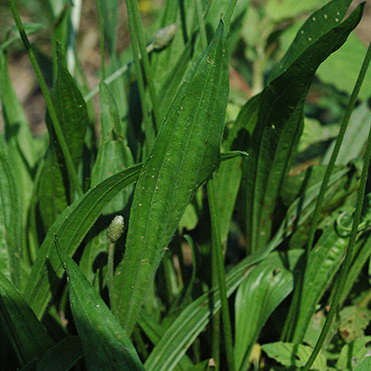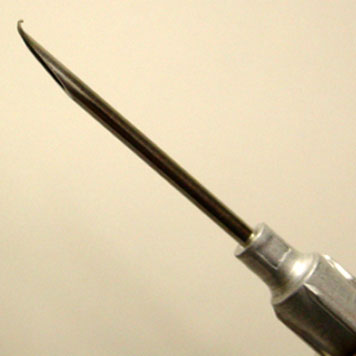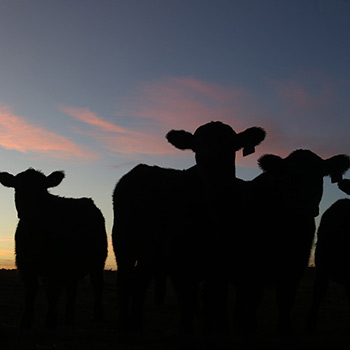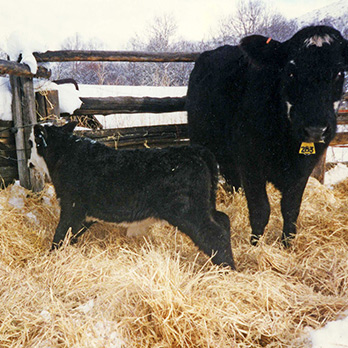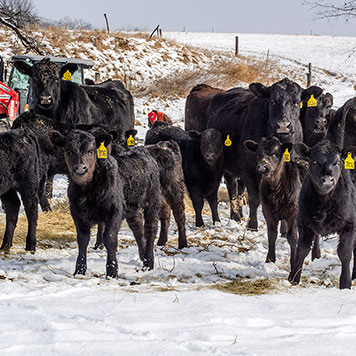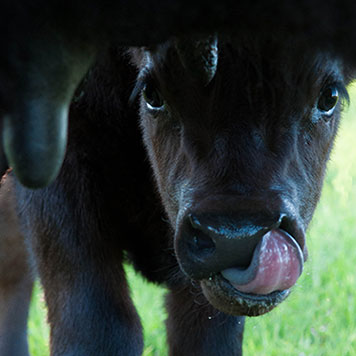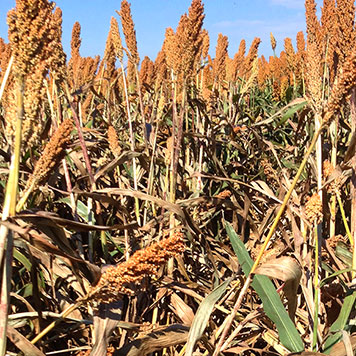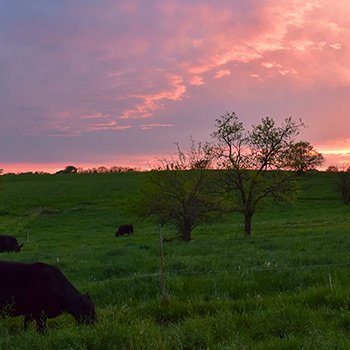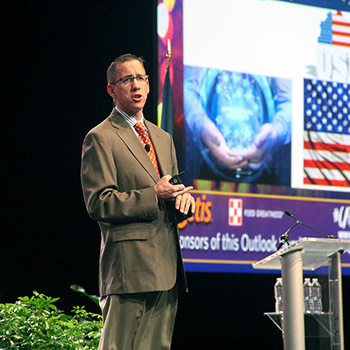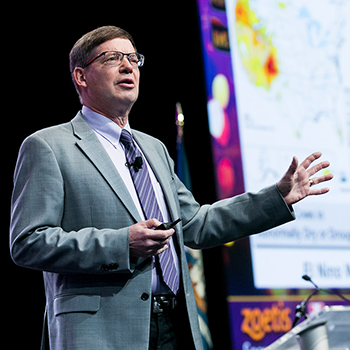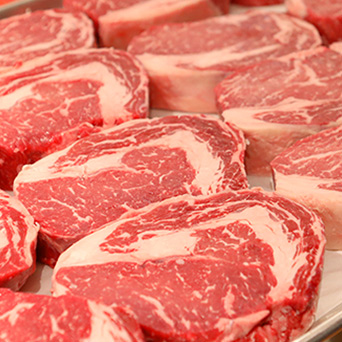Gains Slip in Winter Weather
Feedyard performance slips as costs rise.
Heavy winter precipitation has continued at intervals spanning December through early March, while brutally cold temperatures added often devastating effects. Sub-zero readings continued into mid-March in many areas. The full effect has yet to be measured in the feedlot sector, but average daily gains (ADGs) and feed conversion ratios on pen closeouts are starting to reveal the trend.
Shawn Walter, respected analyst with AgStrata, says feedlot cost of gain (see Fig. 1) has developed an upward slope based on early 2019 cost data from their member feedyards. While the long-term cheapening trend turned a bit higher in 2018, we expect closeouts for the next several months to reflect heavy weather impacts on efficiency and gain.
Feedyards placing cattle in the fall will see cost adjustments in a wide range, varying by location, but likely up to 10¢ per pound (lb.) of gain over initial projections. January closeout data give us a glimpse of the earliest effects, with steer costs of gain already ratcheting 5¢ per lb. higher than a year ago.
| Fig. 1 Total cost of gain |
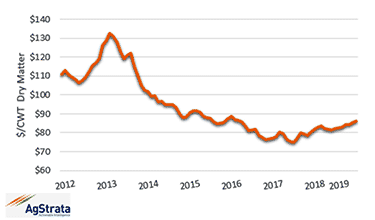 |
| Click here for larger image. |
Dry-matter feed conversions in AgStrata member feedyards were reduced by a quarter pound of gain per pound of feed in the January year-on-year comparison, as well. Days on feed have partially made up for some of the lost performance, according to Walter, bringing steer finished weights in the Northern Plains to within 1 lb. of a year ago in January to average 1,458 lb.
Nationally, January closeouts indicated an average of 180 days on feed compared to 168 a year ago. The rate of decline in carcass weights to the anticipated spring low near May 1 is a key component to prices in both the boxed-beef and fed-cattle markets. Bear in mind that as feedyards in the most weather-affected areas begin to thaw out in the spring, environmental performance challenges do not disappear as muddy pens will reappear.
Editor’s Note: Paul Dykstra is a beef cattle specialist with CAB. Read more of Dykstra’s biweekly comments in the CAB Insider at https://bit.ly/2UDzCNp.
